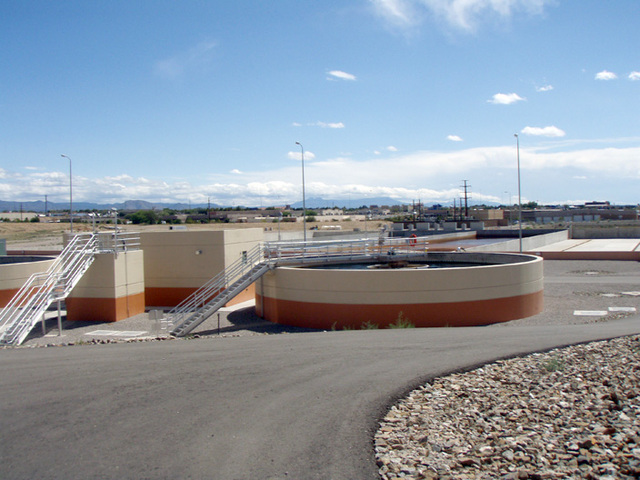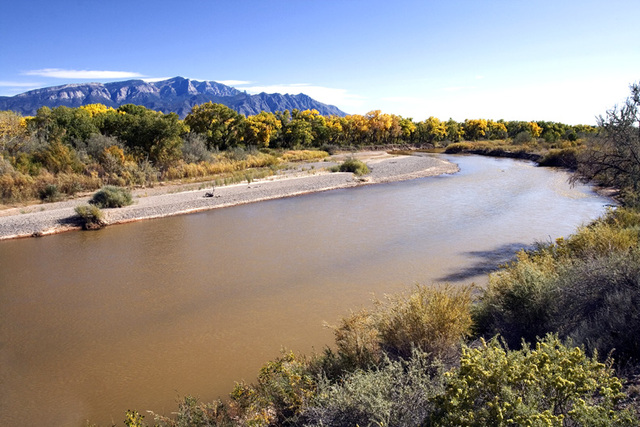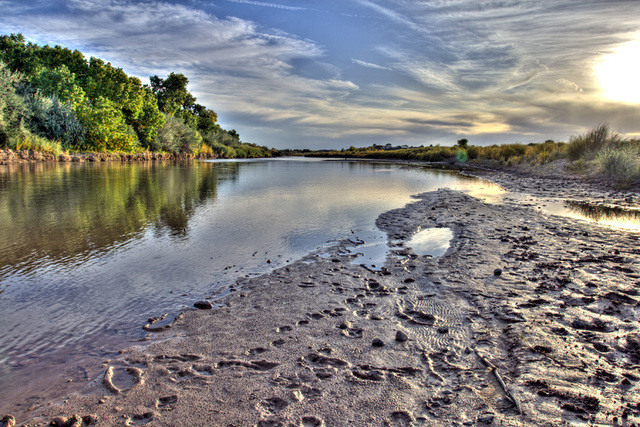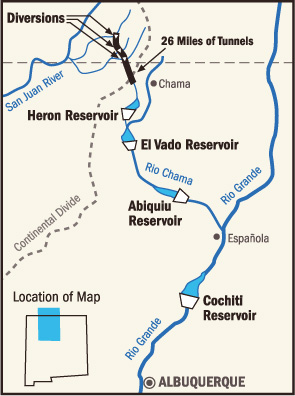Study Finds Drugs In The City’s Water
Study Finds Drugs In Albuquerque’s Agua


The Rio Grande, which, according to Amigos Bravos, contains pharmaceuticals.
Eric Williams ericwphoto.com

The Rio Grande, bringing San Juan-Chama water to a faucet near you.
Eric Williams ericwphoto.com





